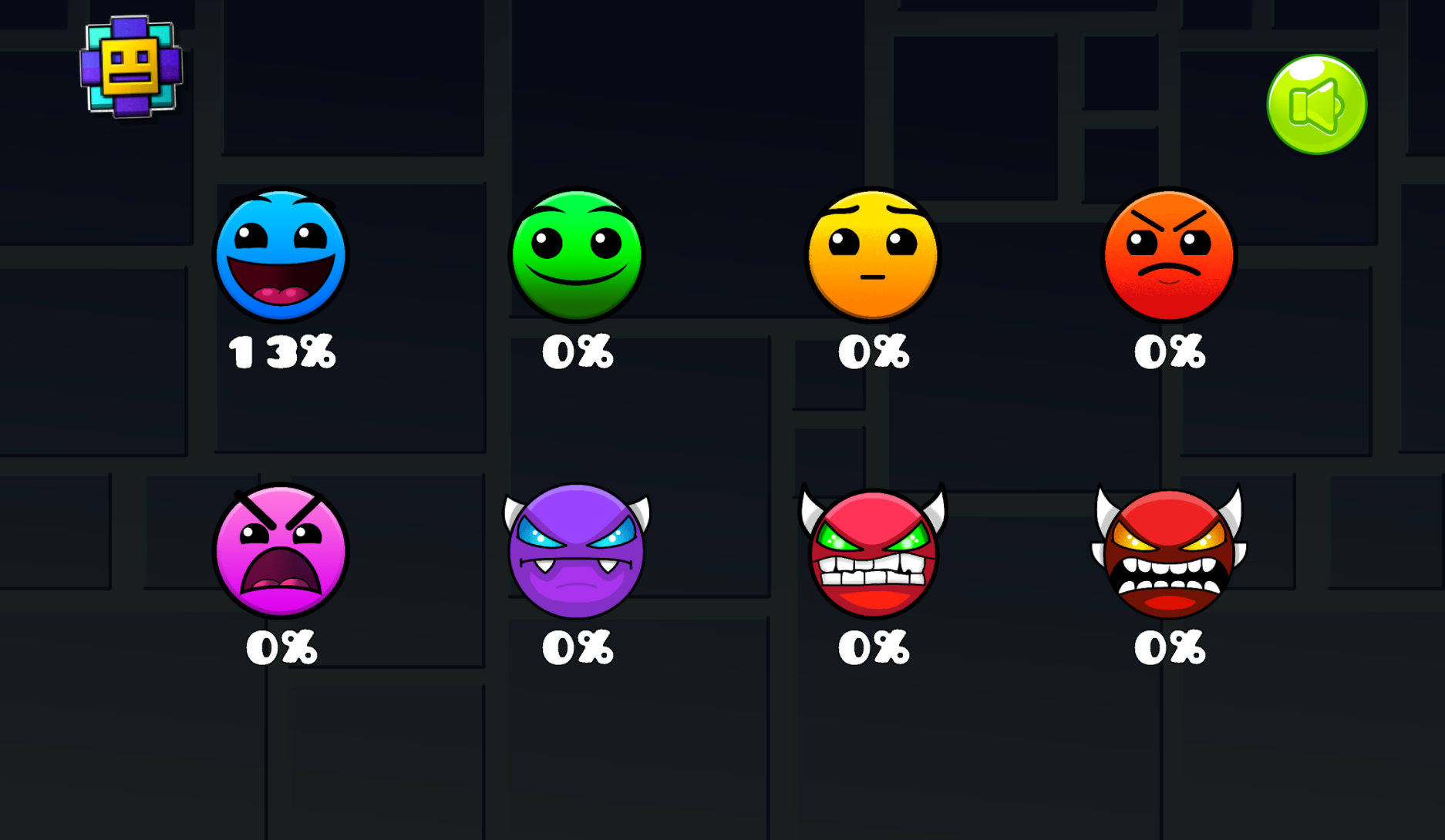Care is measured. And the ledger is never asleep.
Keep exploring
Keep the momentum going with more arena racers, action trials, and puzzle standouts.

Cat and Granny

Drift Hunters

Fireboy and Watergirl: Elements

Smash Karts

BLOODMONEY 2

Take Care of Your Own Hollyberry

Wacky Flip

Fireboy and Watergirl: Forest Temple

Geometry Dash Wave

Level Devil 2
Step into a clinical routine where empathy becomes data
What looks ordinary becomes a test
In Human Expenditure Program, Harvey Harvington lives inside a monitored suite where every toothbrush stroke, pot stir, and pill sort is converted into a score. The space is calm, pastel, even welcoming, yet the silence carries a hum that feels too precise to be accidental. You are here to help, but every helpful action is tagged, timed, and compared against a policy you never signed. The more you learn the rhythm of this place, the more the rhythm learns you back. The quiet premise of Human Expenditure Program hides a relentless accounting machine that interprets your smallest decisions as declarations about who you are.
How a routine becomes pressure
The day opens with simple prompts. Brush. Rinse. Tidy. Align. None would scare a new caregiver in the real world, but Human Expenditure Program binds each step to a meter that twitches when you pause or hurry. You start to feel the meter even when it isn’t visible. A missed click echoes like a dropped dish; a perfect sequence glides with eerie softness. Soon you recognize that the suite itself is a participant—lights dim with your caution, UI overlays blink with disapproval, and muted tones stretch into brittle strings whenever you drift off-script. You keep telling yourself the tasks are humane, yet the cadence of Human Expenditure Program nudges you to work for the audit rather than the person.
Harvey’s presence is never loud, but it anchors the experience. He reacts to the pace you set. Attentive care yields small relaxations: a slower breath, an easier posture. Mechanical care speeds things along, but leaves a residue of tension that slips into later scenes. The assessment screens never accuse you outright, yet their phrasing chooses angles you would not. Each line reads like a manager’s note drafted by a machine that learned bedside manners from spreadsheets. In Human Expenditure Program, you feel the friction between genuine caretaking and the clickstream that claims to measure it.
Minigames with meaning
The tasks operate as quick, focused minigames. Brushing requires steady arcs without scraping gums. Cooking asks you to stir on beat, adjust heat, and plate with small gestures. Sorting medication is a logic exercise that punishes careless overswaps but rewards careful double-checks. What keeps them tense in Human Expenditure Program is that success isn’t just a pass/fail gate; it bleeds forward into later scenes. A rushed stir may trim seconds today and cost you a note about agitation tomorrow. A meticulous plate might soothe Harvey’s appetite but raise a flag for inefficiency. You begin to hear the auditors’ invisible pens scratching whenever you choose kindness over speed or speed over kindness.
The UI is a character of its own. Subtle glitches shiver at the screen’s edge when you hover too long, and clean panels shift by a pixel when the ledger frowns. Audio cues are gentle but cold: a glassy ping, a dampened thud, a clipped breath captured by a mic you cannot see. The environment’s politeness makes every reprimand feel weirder, like you’ve disappointed a smile that refuses to drop. Human Expenditure Program keeps the volume low so your own thoughts grow loud.
Reports that remember
At day’s end, evaluation pages outline what “went well” and what “requires improvement.” The words are measured; the implications are not. You will recognize some notes as fair. Others seem to misread intent, and that mismatch unsettles more than a jump scare would. The screen never yells; it accumulates. A column of small cautions becomes a story about you that you did not intend to tell. When Human Expenditure Program walks you through these summaries, you feel how data can turn empathy into an edge case.
Replaying reveals how sensitive the system is. Bend toward speed and watch certain animations sharpen, menus accelerate, and closing screens become brisk to a fault. Favor patience and the pace softens, but not without administrative side-eye. Some nights end with reassurance; others carry an institutional calm that leaves you colder than fear. Across runs, Human Expenditure Program shows how a constant audit changes not only outcomes, but also your internal voice.
A horror of gentle surfaces
There are no screaming corridors here. The terror works like a clinic smile that never quite reaches the eyes. The palette remains friendly, the typography clean, the space orderly. What twists your stomach is the sense that everything meaningful is happening just off-camera, in systems that do not share their premises. By the time you realize how much of yourself you’ve optimized for the score, you’ve become fluent in a language you never chose to speak. Human Expenditure Program is most frightening when you catch yourself defending a number that does not deserve your loyalty.
Harvey’s routine is the game’s spine, but your changing behavior is its plot. You may enter wanting to outsmart a meter; you might leave asking whether the meter outsmarted you. Each loop reframes the last, and every small success is haunted by an annotation you cannot edit. In this way, Human Expenditure Program conjures dread without spectacle. It lets your own choices echo until you cannot tell where care ends and calibration begins.
Multiple endings, sharpened intent
Different habits lead to different conclusions. Some outcomes feel safe on the surface and dangerous underneath; others feel messy yet honest. None read as pure victory. That’s the point. Human Expenditure Program is short by design, inviting curiosity rather than fatigue. It wants you to replay, to test edges, to see what the system prefers compared to what Harvey needs. You will discover that the most revealing path may not be the one that prints the highest score.
Come for the compact loop; stay for the uncomfortable questions you ask yourself afterward. If you enjoy games where mechanics argue with theme, where quiet spaces hide sharp stakes, this experience will sit with you. Human Expenditure Program does not scream to be heard—it documents, it tallies, it nudges, and it leaves you alone with the numbers long enough that you start to wonder why they matter so much. And then, as the next day loads, Human Expenditure Program simply asks you to brush, to stir, to sort, as if nothing unusual is happening at all.
Care is measured. And the ledger is never asleep. is ready to play
Tend Harvey’s routine under surveillance, perform calm precision tasks, influence daily audits, and unlock stark endings in a tense, score-driven care horror.
Share Care is measured. And the ledger is never asleep.
Spread the word, invite friends, or bookmark this page to revisit the story whenever you need it.